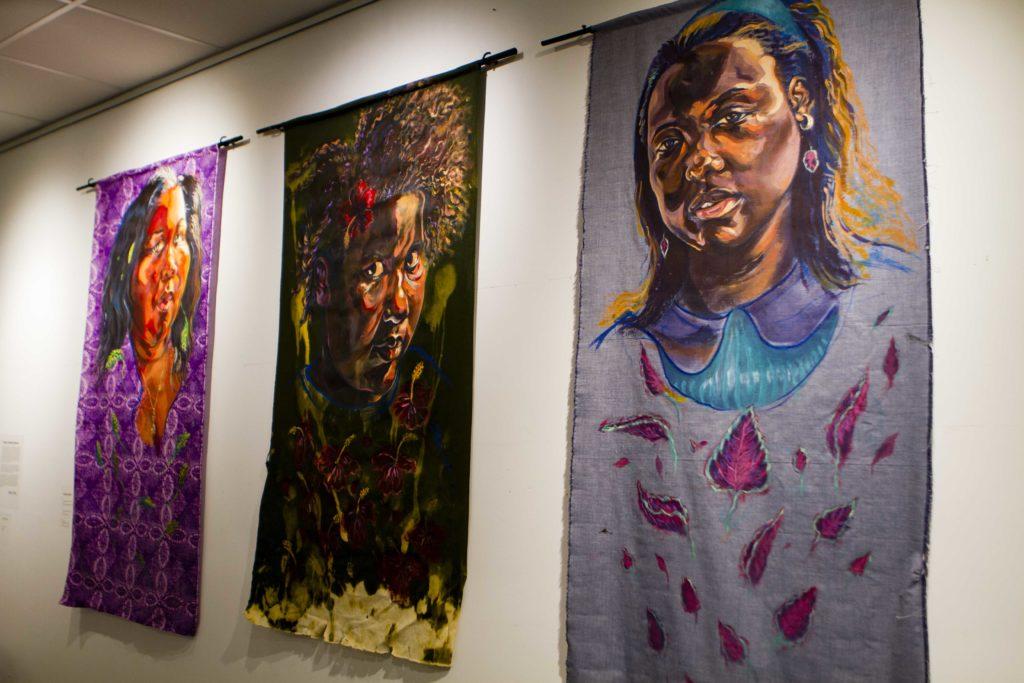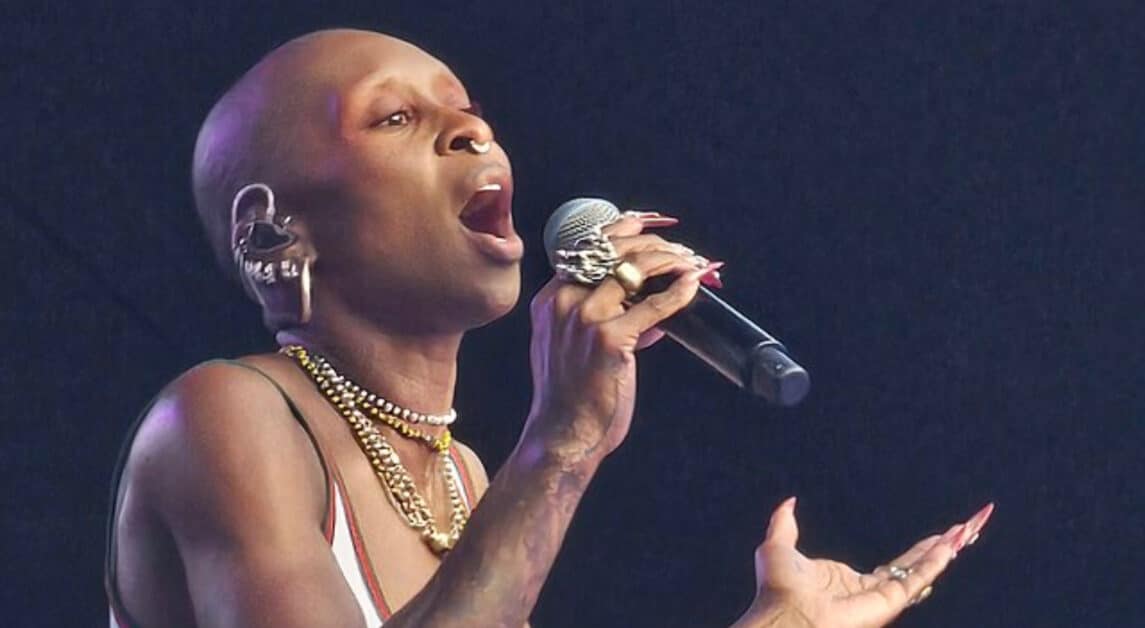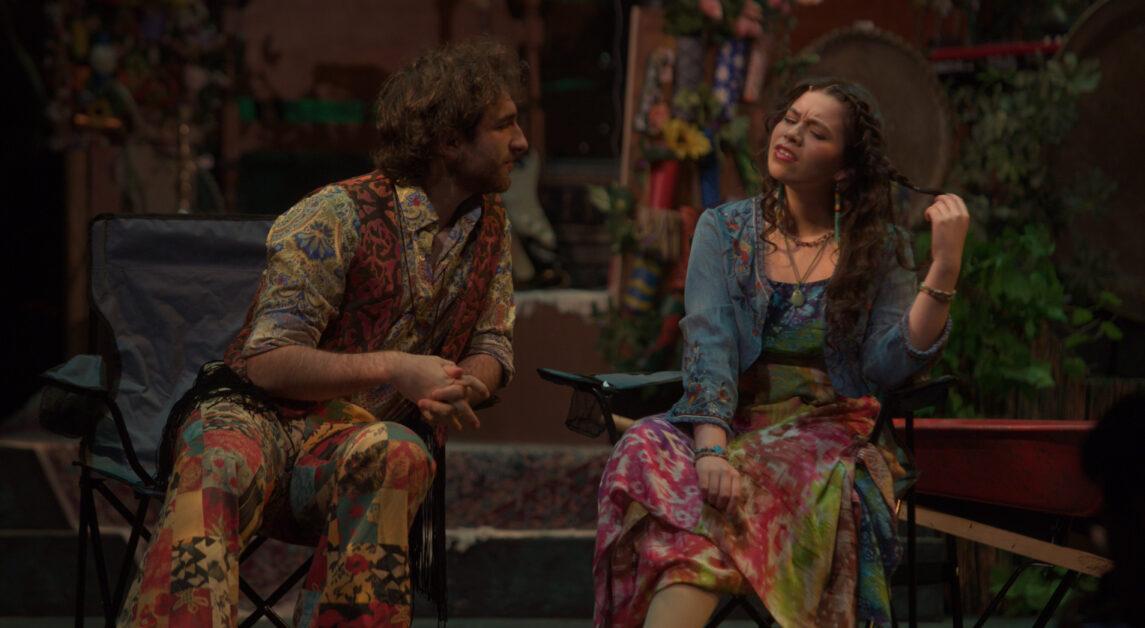Carney’s 203 Gallery hosted the Multiformity Exhibit last week, showcasing the interplay between culture and societal ideology. This exhibit featured the work of local artists, including Ruth Belmont; Zhanna Cantor; Rocky Cotard; Brian Hoffman; Darren M. Lerhily, associate director of Boston College Media Technology Services; LVF//LVX; Jessica Tranvo; Kim Triedman; and Celine Lim, photo editor for The Heights and MCAS ’20.
Covering three walls of the gallery, these multi-medium pieces work at once to lift up minority culture and take a closer look at the political climate of today.
On one wall, three large fabrics painted with acrylics draw the eye with striking colors and imagery. Cotard’s pieces, “Yvrose, Know Your History Portrait V,” “Ketty, Know Your History Portrait IV, and Nahomie Know Your History Portrait III” depict three black women dressed in colorful pattern. The faces—the focal point of each piece—are both lifelike and statuesque, creating a reposed movement that is very emotionally affecting for the viewer.
Hoffman’s digital prints occupy another part of one wall. His three pieces, “Age of Trumparius No. 4,” “Patriotic Baby,” and “Passage to Abyssinia” critique the current political climate. In these prints, Hoffman contrasts the innocence of children or the culture of the Middle East with the distorted claim to patriotism and isolationism that Trump represents.
One of the most striking pieces in the gallery is LVF//LVX’s “Diversity and Thought.” A number of prints displaying slightly obscured pictures of men wearing red “Make America Great Again” hats are enclosed behind a glass pane. Painted on the glass across the pictures are the words “Not Racist” in black capital letters. This piece, according to the artist, is meant to “encourage inquiry and critical thinking.” The men pictured have all suffered from “some sort of physical or verbal attack, emotional abuse” not just for “how they vote, but for believing in a message that infuriated many.” The artist claims that these attacks based on ideology—even apparently racist ideology—is not coexistence. Whether the people pictured here are racist or not is not up to her to decide. The artist instead asks, “Are these actions warranted?”
Cantor’s work in digital prints, including “The Wonder in Her Eyes” and “Almond Eyes” is designed to elucidate the differences between people of varying culture. Someone who is from a European culture might not be able to readily identify with the black women depicted here. Yet, through art like this, Cantor and the viewer can remember that “each individual deserves to be seen and heard as grouping often promotes prejudice.”
Featured Image by Ikram Ali / Graphics Editor













